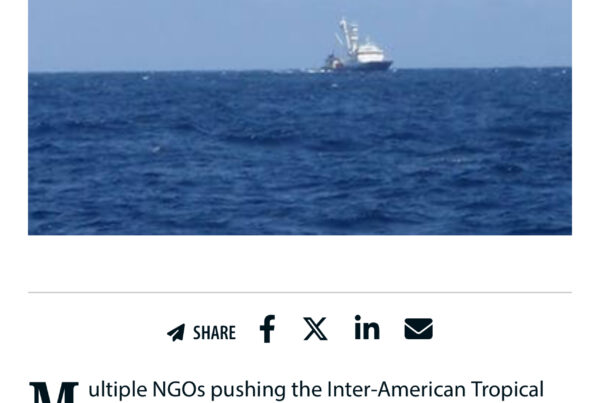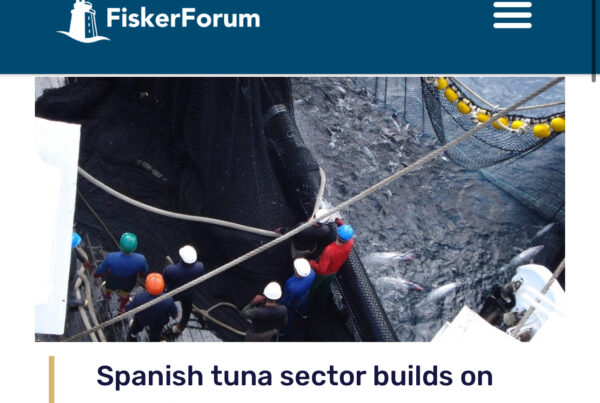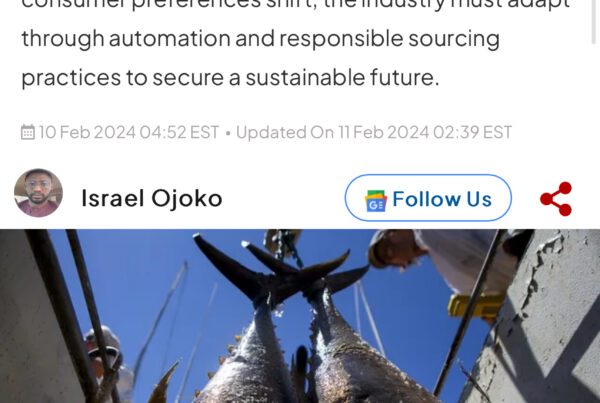Advocates say climate change practically demands offshore wind come to Oregon, and believe the industry can bring well-paying jobs to coastal communities
Federal ocean energy managers this spring jettisoned one of three potential lease areas — a zone known as the “Bandon High Spot”— that had been under consideration for wind power development off the Oregon coast.
Representatives from the state’s fishing industry weren’t impressed.
“It should have never been there in the first place,” Heather Mann, executive director of the Midwater Trawlers Cooperative, said. “For a year and half everybody said don’t put in the Bandon High Spot. Now they want us to act like they did us a favor by eliminating it.”
“They” is the Biden administration’s Bureau of Ocean Energy Management, which aims to clear the way for 30 gigawatts of U.S. offshore wind power by 2030, enough to meet the energy needs of about 10 million homes.
Two to three of those gigawatts could be built off Oregon without the need for substantial transmission system upgrades, a national laboratory study showed. Advocates say climate change practically demands offshore wind come to Oregon, taking advantage of a superior natural resource and bringing economic development to coastal communities.
But the Oregon plans, mirroring events on the East Coast, are running into resistance from a fishing industry that sees a rushed effort that could jeopardize livelihoods.
“We need to slow down the process, do the due diligence, and make sure we’re not sacrificing a vital Oregon industry and a secure food source,” said Mann, who represents 30 trawl catcher vessels homeported in Brookings and Newport in Oregon, and in Seattle and Kodiak, Alaska. Their vessels landed more than 175 million pounds of Pacific whiting for shoreside processing in Oregon and Washington in 2020.
Coos Bay and Brookings
BOEM, the federal agency, in late April formally named two Oregon “call areas,” one off Coos Bay, the other off Brookings. Through June 28, the agency is taking public comment that will be used to assess commercial interest in leasing parcels for wind development. At the same time, the Oregon Department of Energy, on the order of state lawmakers, is studying the benefits and challenges of integrating up to 3 gigawatts of offshore wind power into Oregon’s grid.
The deep Pacific Ocean waters off Oregon require floating turbines, which have been tested and piloted but aren’t yet widely deployed. A recent studyfound that by 2035 the floating technology could be cheaper than traditional anchoring systems, and industry interest in Oregon is high.
“Oregon (floating offshore wind) is poised to be a significant regional generation resource as the Northwest continues to decarbonize its energy system,” developer TotalEnergies SBE US said in comments to ODOE. “It is a priority project area for TotalEnergies SBE US.”
Climate groups are backing the effort, particularly after Oregon last year adopted aggressive decarbonization targets that electrical utilities have to reach in 2030, 2035 and 2040, respectively.
“As we approach the 80%, 90%, and 100% (greenhouse-gas) reduction goals in the law, (offshore wind) resources could prove to be a critical resource for our decarbonizing efforts,” the group Climate Solutions said. “With this in mind, we ask ODOE to convey in its study the urgency of bringing … resources online in the near future.”
Both Oregon areas begin about 14 miles from the coast and extend from 46 to 65 miles offshore. The Coos Bay area covers 1,363 square miles, the Brookings area 448.
In a news release last month, representatives from the state’s Dungeness Crab Commission and the West Coast Seafood Processors said “the two Oregon call areas are some of the most productive fishing grounds off the Oregon Coast.”



